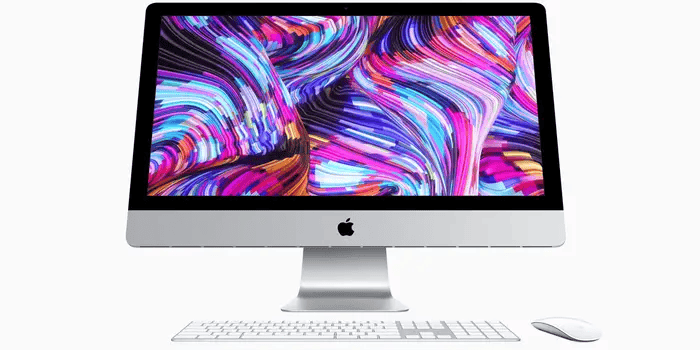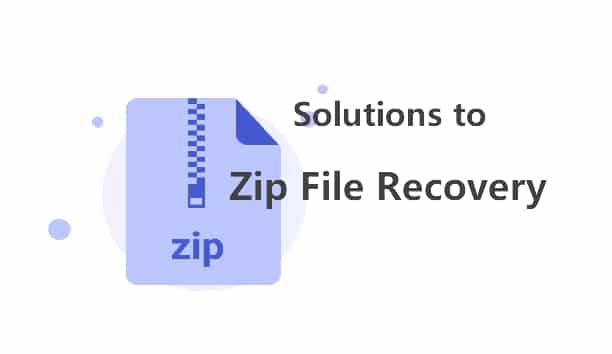Losing access to important data because of a dead external hard drive can be incredibly frustrating. Whether it’s damaged physically or logically, or just won’t turn on, it feels like your files are stuck. But don’t worry! We have gathered effective ways to get your data back.
In this guide, we’ll explore different methods, tips, and steps on how to recover data from a non-working external hard drive. From easy do-it-yourself tricks to seeking professional help, we’ll cover everything you need to know to rescue your precious files.
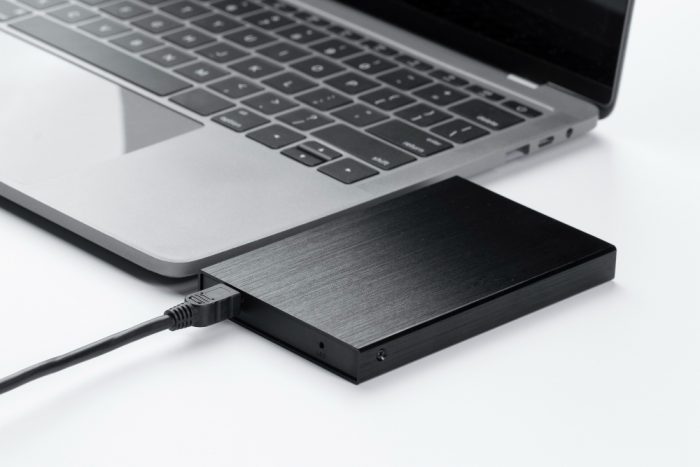
Physical and Logical Disk Damage of Hard Drives
First thing first, let’s diagnose the type of damage to your hard drive, the reasons and solutions.
| Damage Type | Hard Drive Reaction | Reasons | Solutions |
| Physical Damage | 😖 Unusual noises (clicking, grinding), failure to spin up | – Impact from drops or falls<br> – Exposure to extreme temperatures or environmental factors | – Seek professional data recovery services specialized in hardware repairs |
| ❌ Inaccessibility, unrecognized by the system | – Mechanical failures (e.g., malfunctioning motor, head crash) | – Transfer data to a new storage device if recovery isn’t feasible | |
| ❗ Increased error rates, frequent crashes | – Physical wear and tear over time | – Avoid further use to prevent exacerbating damage | |
| Logical Damage | 🚫 Inability to access files or folders, error messages | – File system corruption due to abrupt power loss or improper ejection | – Utilize data recovery software or disk repair utilities to restore corrupted files and file systems |
| 📃 Altered file names, sudden disappearance of files | – Virus infections | – Safeguard data backups to prevent future loss and ensure data integrity | |
| 💥 Application crashes, data read/write errors | – Software errors or conflicts | – Consult online resources or professionals for guidance on software-related troubleshooting | |
| 📁 Loss of specific files or folders, data deletion | – Human error (accidental deletion, formatting, or overwriting data) | – Try to recover the files from trash bin before it’s permanently deleted- Use specialized recovery tools designed for accidental data loss scenarios | |
| ❌ Boot failures, system instability | – Operating system crashes or updates gone wrong | – Perform system restores from backups or employ recovery options provided by the OS- Use third-party software to recover the whole system |
How to fix a dead external hard drive?
If your external hard drive malfunctions, formatting will be a simple and straightforward solution to fix the HDD, particularly if the data is deemed unimportant and there’s no need for data retrieval.
However, if you still need to retrieve the data, there are other ways to repair a damaged external hard drive without erasing your data permanently. We have listed most of the effective ways below.
Check the cable or port
If the external hard drive can’t be recognized. You can try to troubleshoot, try addressing the potentially easiest issue first. Verify that the cables are connected properly and that the port is undamaged. You may want to test with alternative cables and devices to determine if the external drive is not functioning due to problems with the cable or port.
Reassign the drive letter
When you connect an external hard drive to your computer, a drive letter will be automatically assigned to it. However, the external hard drive still can’t be recognized after you check the cable. There may be a problem if the system drive letter and the external hard drive letter conflict with each other when they are the same. In this case, it’s necessary to change or reassign the drive letter to avoid any errors.
Step 1: Press the Windows key+X, then click Disk Management on the pop-up window.
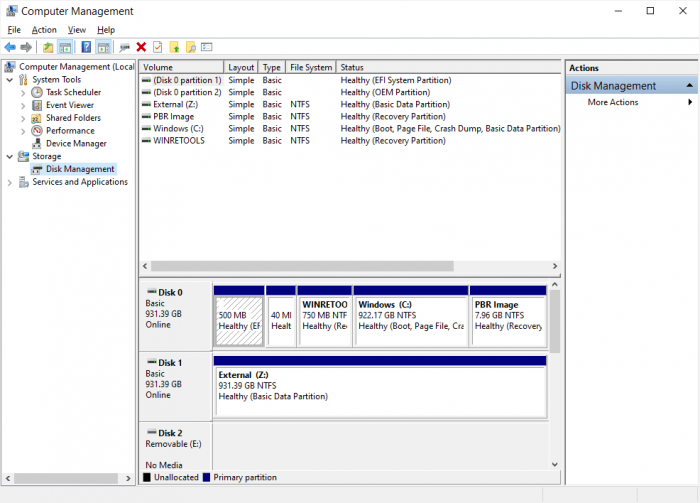
Step 2: Right-click on your external hard drive item, and choose Change Drive Letter and Paths option
Step 3: Select a new drive letter for your external hard drive.
And then, you can confirm to access your device.
Update or install drivers
There may be a reason your external hard drive won’t be able to access, that is, driver problems. Wrong drivers can cause your external hard drive unable to access. So, you can also try to update your drivers or install new ones.
Step 1: Press the Windows key +X, then click Device Management on the pop-up window.
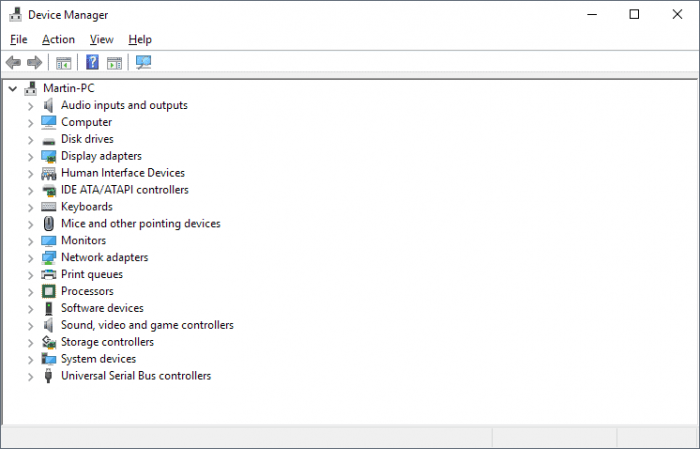
Step 2: When you see the option Disk Drives, expand it and right-click on the external hard disk or USB drive and select Properties.
Step 3: Select the Drivers tab, click Update Drivers and then click Automatically Search for drivers
Step 4: Go back to the Drivers tab, click the Uninstall Device button, and remove your external hard drive. Wait for seconds and reconnect your drive to the Computer. After the driver is recognized by the Computer, the drivers will automatically update.
Use CMD prompt
CMD is a built-in tool provided by Windows. It can help you salvage data from a corrupted hard drive if you find your external hard drive is empty or can’t be accessed, it is probably because of the logical corruption of the external hard drive. You can start CHKDSK to check and fix corrupt sectors or damaged files on your external hard drive.
Step 1: Connect the external hard drive to the Computer properly
Step 2: In the search box on the start menu, type “CMD”> click “run as an administrator.”
Step 3: Type CHKDSK *: /F /R /X (* is the drive letter that is assigned to your external hard drive in the operating system.)
After the progress ends, the result will be shown on the window.
Using Antivirus software
External hard drives can be infected by viruses and leave the external hard drive empty, but only scanning the device for viruses won’t fully address the issue. While this can help prevent further infection, it won’t possibly fix the impairment that has already been done.
To ensure the safety of your files, it is recommended that you use antivirus software such as Norton, Bitdefender, or McAfee instead of relying solely on Windows Defender. In addition, if you encounter corrupted files that are missing or can’t be opened after the virus scanning, you can try to restore them from a backup or other methods below.
How to recover files from a dead external hard drive?
If you have already attempted the aforementioned solutions but are still unable to resolve the issue, there are alternate methods available for file recovery. Recover files by backing up files if you have a backup. Additionally, there is recovery software that can assist in retrieving your files if you haven’t backed them up. In the event that none of these options work, you still can seek assistance from professionals, although this may require payment.
Recover Data with Backup
Restoring your files is a relatively easy process if you frequently utilize backups or have enabled automatic backup when an external hard disk is connected to your computer. You can recover your files by restoring them from your cloud backup, windows backup, or backup files on other storage devices.
Use Data Recovery Software
If you’ve lost important files in your external hard drive, recovery software can be a lifesaver at home. Not only is it user-friendly and fast, but it also does not require any complex procedures. However, with so many options available, it can be hard to know which one to choose in the market. That’s why we recommend ONERECOVERY as a reliable and effective solution.
ONERECOVERY is dedicated to more straightforward, secure, and intuitive technology for hard drive data recovery. Thus, you can bring back all your data and files in 4 steps.
Step 1: Select the location
Select the hard disk where you wish to recover data and click ‘Start’ to proceed

Step 2: Scan the hard disk drive
The software features two scanning modes, Quick Scan and Deep Scan. ONERECOVERY will first initiate Quick Scan mode. After it’s done, Deep Scan mode will automatically start as well. Quick Scan mode is able to scan most files on the hard drive. If you need to dig out all the missing data, just be patient to wait for the Deep Scan mode to be finished.
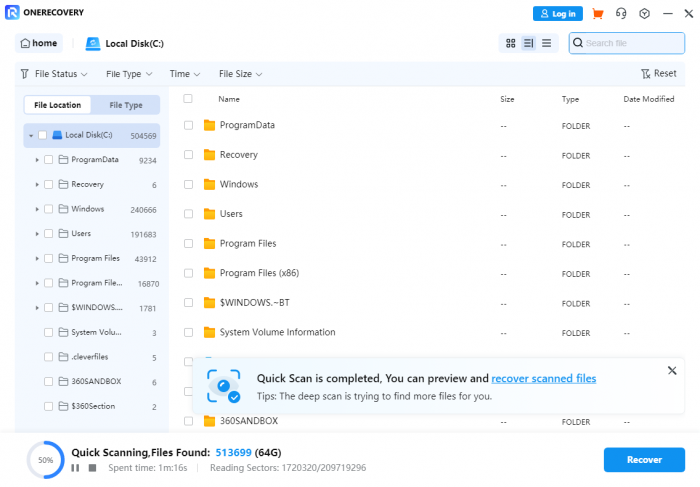
Step 3: Preview and select the files
Preview the scanned files before restoring them. ONERECOVERY supports the preview of different formats and types of data. Select the files that you want to recover.
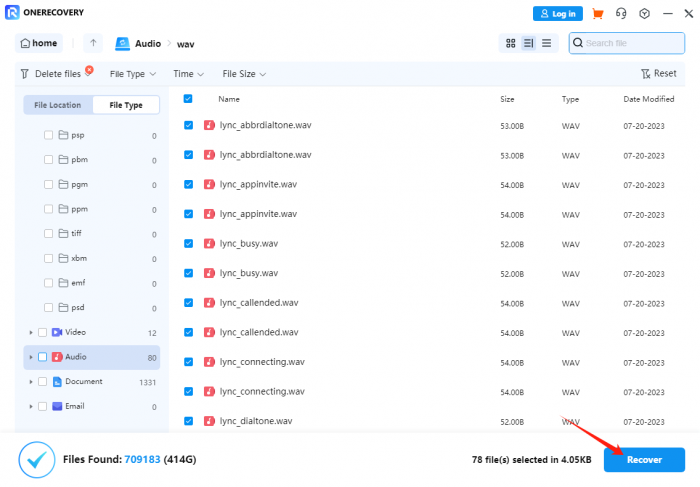
Step 4: Recover files from hard drives
Click “Recover” to initiate the recovery process and wait for it to be finished. You may check the result files on your computer now.
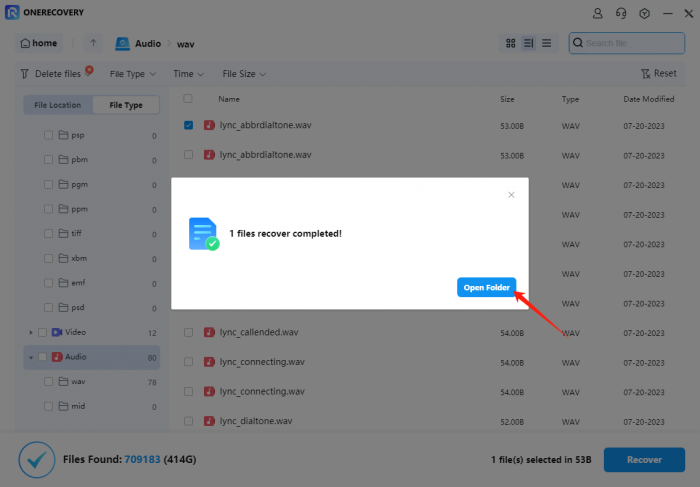
💡 Hard Drive Recovery Features
- ONERECOVERY helps recover data from any situation and all hard drive brands easily and safely.
- It’s suitable for everyone, from professionals to computer newbies, to retrieve lost data, including digital reports and data analysis files.
- ONERECOVERY uses cutting-edge data recovery technology to ensure a 95% success rate.
- Preview recovered files for free with ONERECOVERY before completing the recovery, ensuring accurate retrieval once you’ve confirmed the files.
- Various filtering options are available in ONERECOVERY, allowing you to quickly find the desired files by filtering file type, file status, file size, etc.
- This efficient data recovery tool enables you to recover already-discovered files while it continues to scan the drive. You don’t have to wait for the entire scan to complete.
Professional Repair Services
If you find yourself hesitant to attempt any of the aforementioned solutions, rest assured that seeking assistance from a reputable IT service provider that specializes in external hard drive data recovery is a wise decision. They’ll be able to thoroughly assess the extent of the damage to your device and provide recommendations on how to retrieve as much data as possible. It’s essential to bear in mind that the cost of recovered file services can vary significantly, with some options priced as high as $100-$200. If you’re working with a tight budget, it’s advisable to carefully consider your options before making a decision.
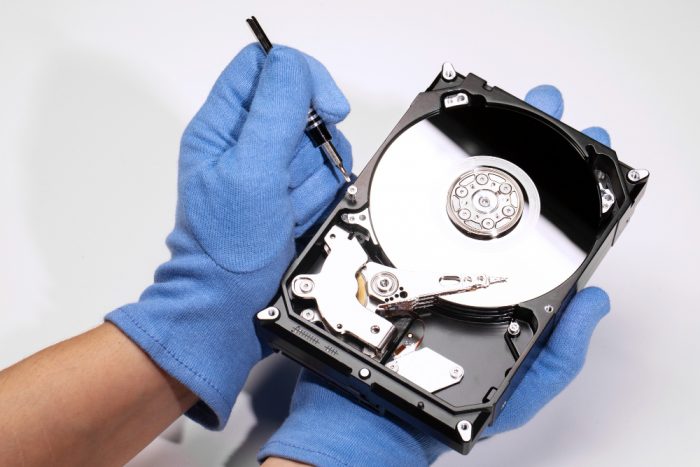
FAQ
❓ What is the lifespan of a hard drive?
The lifespan of a hard drive can vary significantly based on several factors such as usage patterns, operating conditions, manufacturing quality, and luck. On average, consumer-grade hard drives typically last between three to five years. However, some drives can function well for longer periods, surpassing a decade in some cases, while others might fail much earlier.
Factors influencing the lifespan of a hard drive include:
- Usage: Heavy usage, constant reading/writing, and high data loads can shorten the drive’s lifespan.
- Operating Conditions: Exposure to extreme temperatures, humidity, dust, and physical shocks can impact a hard drive’s longevity.
- Manufacturing Quality: The quality and build of the drive, as well as the components used, affect how long it can function optimally.
- Luck or Random Failures: Sometimes hard drives fail unexpectedly due to random defects or manufacturing issues, irrespective of usage or care.
Regular maintenance, proper handling, and backing up data are crucial practices to help prolong a hard drive’s life and ensure data safety, even though the exact lifespan can be challenging to predict accurately. Always keep backups of essential data to mitigate the risk of data loss due to drive failure.
❓ How do I check my hard drive health?
You can check the health of your hard drive using various tools and methods. Here are some common ways to assess the health of a hard drive:
- Built-in Diagnostics: Some hard drive manufacturers provide diagnostic tools specific to their drives. For instance, Seagate has SeaTools, and Western Digital offers Data Lifeguard Diagnostic. These tools can be downloaded from the manufacturer’s website and used to check the drive’s health.
- Third-Party Software: Several third-party applications are available for checking hard drive health. Programs like CrystalDiskInfo, HD Tune, and Disk Utility (for Mac users) offer detailed information about your drive’s health status, temperature, bad sectors, and other relevant data.
- Operating System Tools: Both Windows and Mac operating systems have built-in utilities for checking hard drive health. In Windows, you can use the built-in tool called “Check Disk” (chkdsk command) or PowerShell commands. For Mac users, Disk Utility can verify and repair disk errors.
- SMART Monitoring: SMART (Self-Monitoring, Analysis, and Reporting Technology) is a system built into most modern hard drives. It constantly monitors the drive’s health and reports potential issues. Various software tools can read and interpret SMART data to give you an idea of your hard drive’s health status.
❓ Will formatting the corrupted external hard drive help?
Formatting the corrupted external hard drive may help fix it, but the files inside it will definitely be lost.
❓ How to recover data from a corrupted USB drive?
It is worth noting that the aforementioned methods can be employed to recover files from a damaged USB drive as well.
❓ How to recover deleted files from Seagate external hard drive?
Still, you could try the solutions mentioned above to recover deleted files from any brands of external hard drives, including Seagate. In addition, Seagate offers an official help, Seagate Rescue Plan, to its users. However, note that if your Seagate external hard drive is not under warranty, this method will not work.
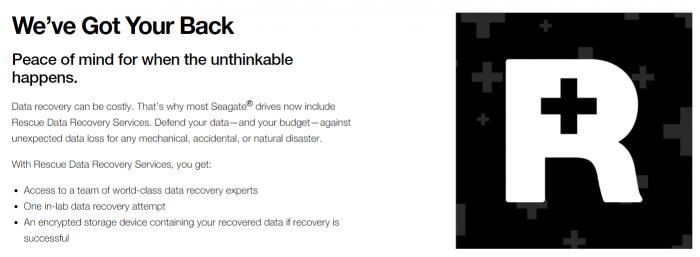
Check out the whole procedure:
- Contact the Service Centers with details.
- Prepaid Shipping. You’ll receive a prepaid shipping label via email.
- Shipping to the lab. They will use the prepaid shipping label to send the damaged drive to the lab.
- Status Updates. Seagate officials will notify you of the progress of your case via email.
- Recovery Attempt. They allow for up to 30 business days for attempted data recovery.
- Successful recovery. They will return your data via an encrypted storage device.
Conclusion
If you have a damaged external hard disk, there are safe ways to recover it without formatting it. It’s important to only attempt solutions that you feel comfortable performing. You can try using recovery software like ONERECOVERY or take it to an after-sales service repair store for assistance.
💡 Further Readings
How to Recover Data from a Hard Drive on a Mac
How to Recover Data from a RAW Hard Drive?
I’m thrilled to be part of the OneRecovery team as a writer. I’m passionate about simplifying the complex world of data recovery and making it easy for everyone to understand. My focus? Well, I love diving into tutorials on hard drive recovery, crash computer data retrieval, photo repair, and many more. But that’s not all—I’m all about exploring the creative side too, so expect plenty of engaging and imaginative posts on various aspects of data recovery software. Join me on this journey as I share insights, tips, and tricks that make data recovery a breeze!





